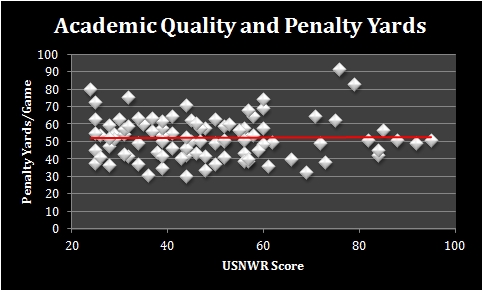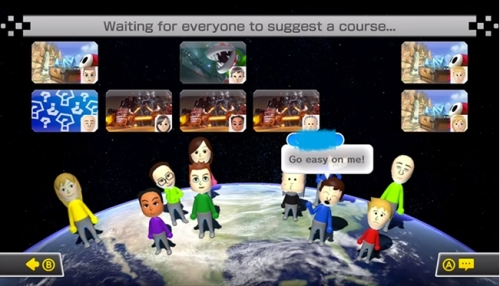It seems that social media has lashed out at Pete Carroll for not giving the ball to Marshawn Lynch on second and goal with less than a minute to go. The idea is that Marshawn Lynch is #beastmode, an unstoppable force that would have assuredly scored and won Super Bowl XLIX.
The problem is, the argument makes absolutely no sense from a game theoretical standpoint. The ability to succeed on any given play is a function of the offense’s play call and the defense’s play call. Call a run against a pass blitz with deep coverage, and the offense is in great shape. Run deep routes versus that same defense, though, and you are in trouble. Thus, once you strip everything down, play calling is nothing more than a very complex guessing game. The Seahawks want to guess the Patriots’ play call and pick the correct counter. Vice versa for the Patriots.
Game theory has killed countless trees exploring the strategic properties of such games. Fortunately, there is a simple game that encapsulates the most important finding. It is called matching pennies:
The premise is that we each have a penny and simultaneously choose whether to reveal heads or tails. I win $1 from you if the coin faces match, while you win $1 from me if the coin faces mismatch.
You should quickly work out that there is a single best way to play the game: both of us should reveal heads 50% of the time and tails 50% of the time. If any player chooses one side even slightly more often, the other could select the proper counter strategy and reap a profit. Randomizing at the 50/50 clip guarantees that your opponent cannot exploit you.
In terms of football, you might think of you as the offense and me as the defense. You want to mismatch (i.e., call a run play while I am defending the pass) and I want to match (i.e., defend the pass while you call a pass). What is interesting is that this randomization principle neatly extends to more complicated situations involving hundreds of strategies and counterstrategies. Unless a single strategy is always best for you regardless of what the other side picks, optimal strategy selection requires you to randomize to prevent your opponent from exploiting you.
What does this tell us about the Marshawn Lynch situation? Well, suppose it is so plainly obvious that Pete Carroll must call for a run. Bill Belichick, who many see as the god of the football strategy universe, would anticipate this. He would then call a play specifically designed to stop the run. By that I mean an all-out run blitz, with linebackers completely selling out and cornerbacks ignoring the receivers and going straight for the backfield. After all, they have nothing to lose—the receivers aren’t getting the ball because Lynch is assuredly running it.
Of course, it doesn’t take much to see that this is also a ridiculous outcome. If the Patriots were to certainly sell out because the Seahawks were certainly handing the ball to Lynch, Pete Carroll would switch his strategy. Rather than run the ball, he would call for a pass and an easy touchdown. After all, a pass to a wide-open receiver is a much easier touchdown than hoping Marshawn Lynch can conquer 11 defenders.
The again, Belichick would realize that the Seahawks were going to pass and not sell out on his run defense. But then Carroll would want to run again. So Belichick goes back to defending the run. But then Carroll would pass. And Belichick would call for pass coverage. And so forth.
There is exactly one way to properly defend in this situation: randomize between covering a run and covering a pass. There is also exactly one way to properly attack in this situation: sometimes run the ball and sometimes pass it. This is the only way to keep your team from being exploited, regardless of whether you are on offense or defense.
Okay, so we have established that the teams should be randomizing. What does that say about the outcome of Super Bowl XLIX? Well, clearly the play didn’t work out for the Seahawks. But to judge the play call, we can’t account for what happened. We can only account for what might happen in expectation. And in expectation, passing was optimal in this situation.
If you aren’t convinced, imagine we all hopped into a time machine to second and goal with the knowledge of what happened. Would Pete Carroll call a run? Maybe. Would Bill Belichick sell out on the run? Maybe. But maybe not—Carroll might call a pass precisely because Belichick is anticipating him running the ball. We are back in the guessing game before. And as before, the only way to solve it is to randomize.
That’s the magic of mixed strategy Nash equilibrium. Even if your opponent knows what you are about to do, there is nothing he or she can do to improve your score.









